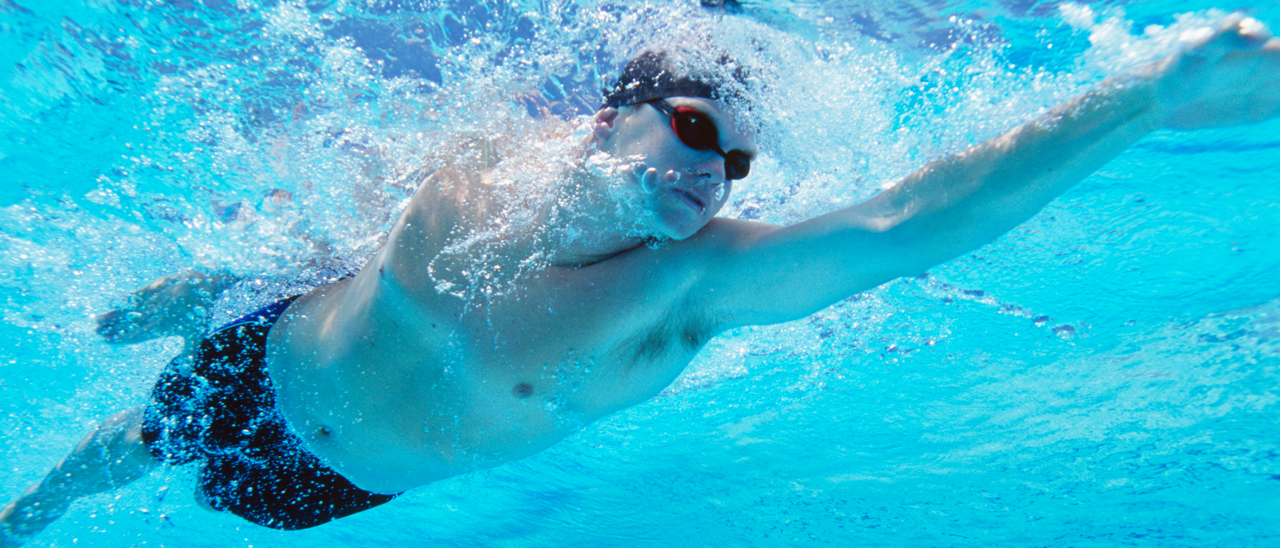Everything Engineers, Contractors, and Owners Need to Know to Create the Optimal Indoor Pool Environment.
CHAPTER NINE
There are tens of thousands of existing dehumidification systems in operation today, many at their end of their useful life and in need of replacement. For example, an R22 system in operation today is very expensive to keep running, making it a prime candidate for replacement.
EVALUATING THE EXISTING SYSTEM
There is a tendency to simply replace the dehumidifier for the same exact unit. While that is certainly an option, this is really the time to assess the site and evaluate how the existing system performed and if it met the owner’s expectations. What was state of the art 15-20 years ago is very different to what is considered best practice today.
A complete audit is recommended. The pool might be used completely differently to its intended original design. Treat the audit as a new pool project and re-evaluate owner expectations. Once those expectations are established, shortcomings of the system can be considered for remediation.
- What are the desired operating conditions?
- Is the existing air distribution sufficient? Upgrading the ducting can be cost prohibitive, but sometimes a few changes to the existing system could dramatically improve air delivery in general.
- Does the system meet today’s codes?
- Is there adequate exhaust air? Could the Evacuator help improve the air quality?
- How is the building envelope holding up? Professional assessment is likely needed. If there has been any degradation, this could lead to an envelope failure.
- Have any water features or toys been added? These are very popular, and it is quite possible some have been added.
- Where can energy be saved?
EQUIPMENT OPTIONS
The size and accessibility of the mechanical room will likely determine which equipment is ultimately selected. Manufacturers offer many different unit configurations in a variety of footprints:
- Smaller units are designed to fit through a standard 32” door.
- Stackable units. Multiple smaller units that fit through a door are simply stacked once in the mechanical space and can provide a simple solution to midsized pools.
- Splitable units. While there are limitations, units can be “sliced” and reassembled once in the mechanical room.
- Refurbishing or rebuilding of existing equipment. If the cabinet is still in good condition, units can be “gutted” and reverse engineered to fit into the existing cabinet.

